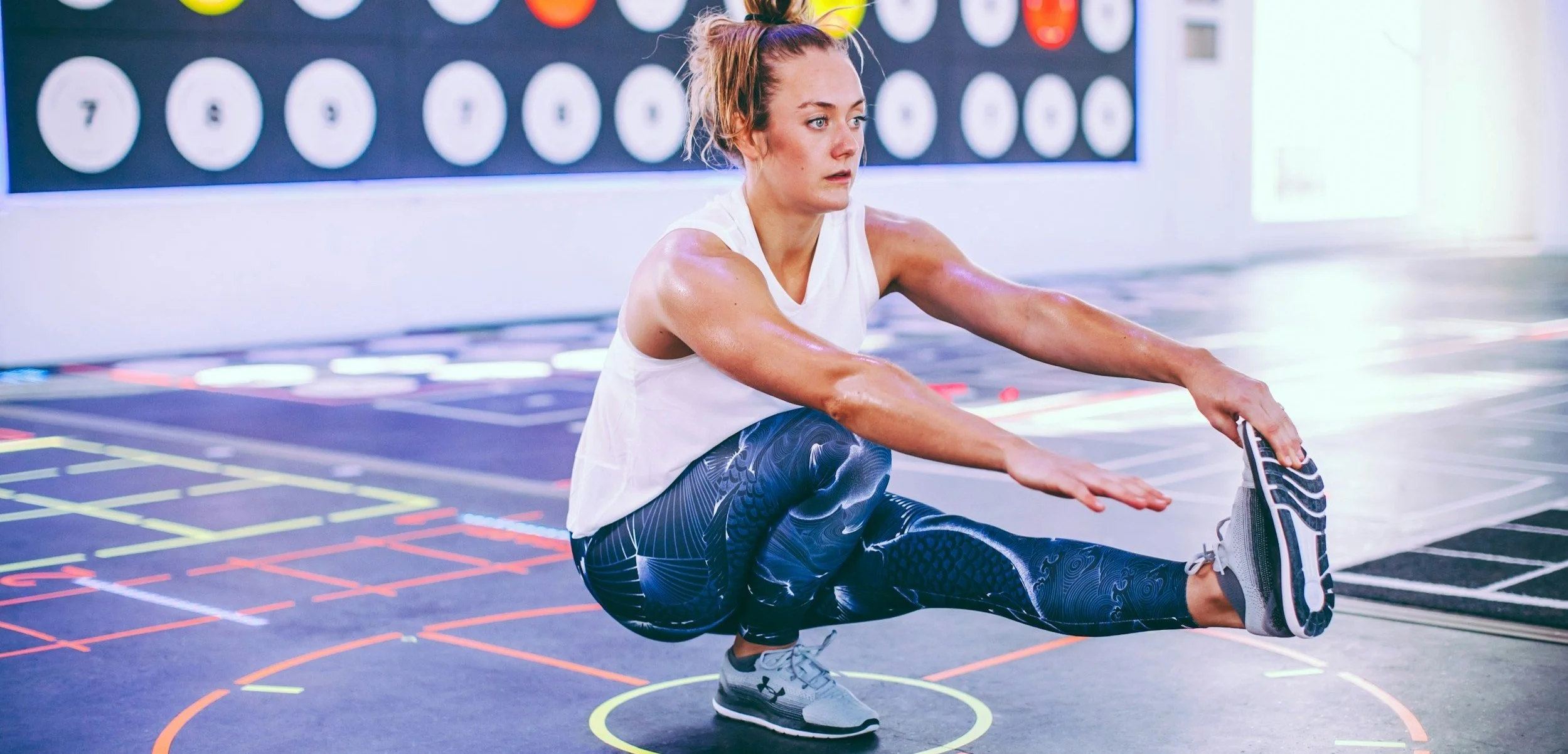Mobility = Missing Link
The Missing Link in Your Strength Program: Mobility
You’re showing up. You’re lifting. You’re chasing PRs.
But something feels off.
Maybe you keep hitting a plateau. Maybe your squat depth isn’t improving. Or maybe your shoulder feels tight every time you press overhead.
If you’re strength training consistently but still dealing with nagging limitations, chances are you’re missing one key piece:
Mobility.
What Is Mobility (and Why Should You Care)?
Mobility isn’t just flexibility. It’s your ability to move through a full range of motion with control. Think of it like this:
Flexibility = passive range of motion
Mobility = active control of that range
If your body can’t move well, you’ll compensate elsewhere. And that’s where pain, poor performance, and injury come in.
Why Mobility Matters in Strength Training
You can be strong but still move poorly.
Here’s what poor mobility actually looks like in the gym:
Low back rounding in deep squats
Heels lifting during lunges
Shoulders shrugging on overhead presses
Tight hips limiting deadlift form
Knees caving in when jumping or squatting
You might be able to “muscle through,” but long-term? That’s a recipe for plateaus or pain.
How to Know If Mobility Is Your Limiting Factor
Ask yourself:
Do you always feel “tight,” no matter how much you stretch?
Is one side of your body more limited than the other?
Do certain lifts feel awkward or uncomfortable?
Have you hit a plateau despite consistent effort?
If yes, mobility work could be the unlock.
Mobility Doesn’t Mean Doing Yoga Every Day
You don’t need an hour-long routine. Just a few intentional minutes added to your warm-up or recovery can change the game.
Start with mobility for your:
Ankles (for better squats and running gait)
Hips (for deeper lunges and deadlifts)
Thoracic spine (for overhead work and posture)
Shoulders (for pressing and pulling safely)
Here’s How to Start
Assess: Find where you’re limited. This is something I help my clients do in their eval.
Activate: Use mobility drills that target those areas. Think controlled, active movement, not just stretching.
Integrate: Apply that improved range of motion into your lifts, not just your warm-ups.
Mobility isn’t a “nice to have”.. it’s a must if you want to move well, train hard, and stay pain-free.
Strength without mobility is like building power on top of a shaky foundation.
If your body can’t move well, it can’t perform at its best. And if you’re investing time into training, you deserve better results.
Not sure where to start? I help runners, lifters, and active adults identify mobility restrictions and create plans that support both strength and movement.
Book a FREE discovery call with me -> https://yourmovephysicaltherapy.janeapp.com/#staff_member/1
